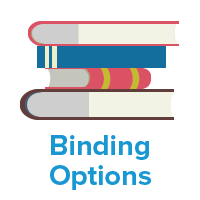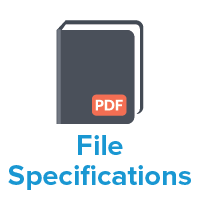When you’re printing a book, you usually have to make a fundamental decision early on: black and white or full color? But what if your book needs both?
Whether you’re printing a graphic novel, a textbook, a memoir, or a children’s storybook, mixing black and white with color pages can be the perfect solution. This hybrid printing method gives you the flexibility to present vivid, high-impact visuals where needed while keeping costs manageable by printing the rest in black and white. While this may be an optimal solution for certain projects, there are some things that you need to consider.
Why Combine Black and White with Full Color?
Combining black and white with full color printing offers several advantages:
- Cost-Effectiveness: Full color printing is more costly than black and white printing. By limiting color to only the necessary pages, you can dramatically reduce production costs.
- Strategic Design: Use color where it adds value—such as diagrams, charts, illustrations, or key images—while using black and white for narrative, technical text, or supporting content.
- Professional Look: A well-designed book that switches between color and black and white can look polished and intentional, rather than excessive or wasteful.
Things to Consider
- Color Grouping: If you are printing a Smyth-sewn or section-sewn book, is it often more efficient (and less expensive) to group color pages together in a single section rather than scattering them throughout the book.
- Paper Selection: Color pages may look best on coated paper, while black and white text reads better on uncoated stock. While possible to mix paper types, this may affect binding and cost.
- Print Limitations: In some cases, it is not possible to have a book with black and white and full color printed pages. If you are printing a saddle stitch or thread stitch book, the book must be priced as being entirely in color, even if only a few pages are in color. In these cases, you may want to consider printing your book entirely black and white, or entirely full color.
Other Important Considerations
Before submitting your files, you must ensure that the pages that you intend to printed with black ink only is fully black and white. Pages that have even a tiny speck or a tint of color will be considered a color page and will be charged as such. For text to be considered black, it’ll have to be in K color only without the CMY component. Rich black will be considered a color page, even though it appears black. You can learn about the difference between rich black and standard black here.
Additionally, if there are too many color pages scattered and spread throughout the book, it may be considered a full color print.

It is important to note that digitally printed books will have better flexibility to separate color pages and b/w pages and to calculate cost according to color or b/w, while offset printed books will have less flexibility to separate the pages. For offset printing, it is better to group the color pages in sections or in a consistent manner rather than scattered throughout the book.
Best Use Cases
- Children’s Books: Use color for illustrations and keep the text pages in black and white..
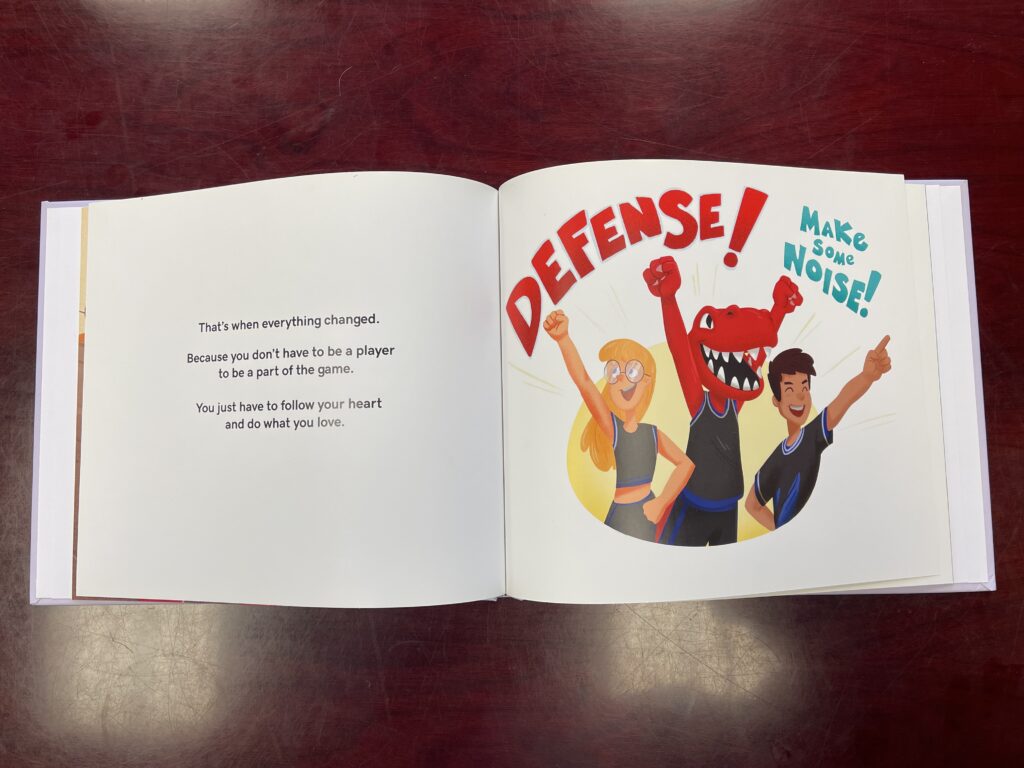
- Cookbooks: Feature high-quality food photography in color and use black and white for recipes and instructions.
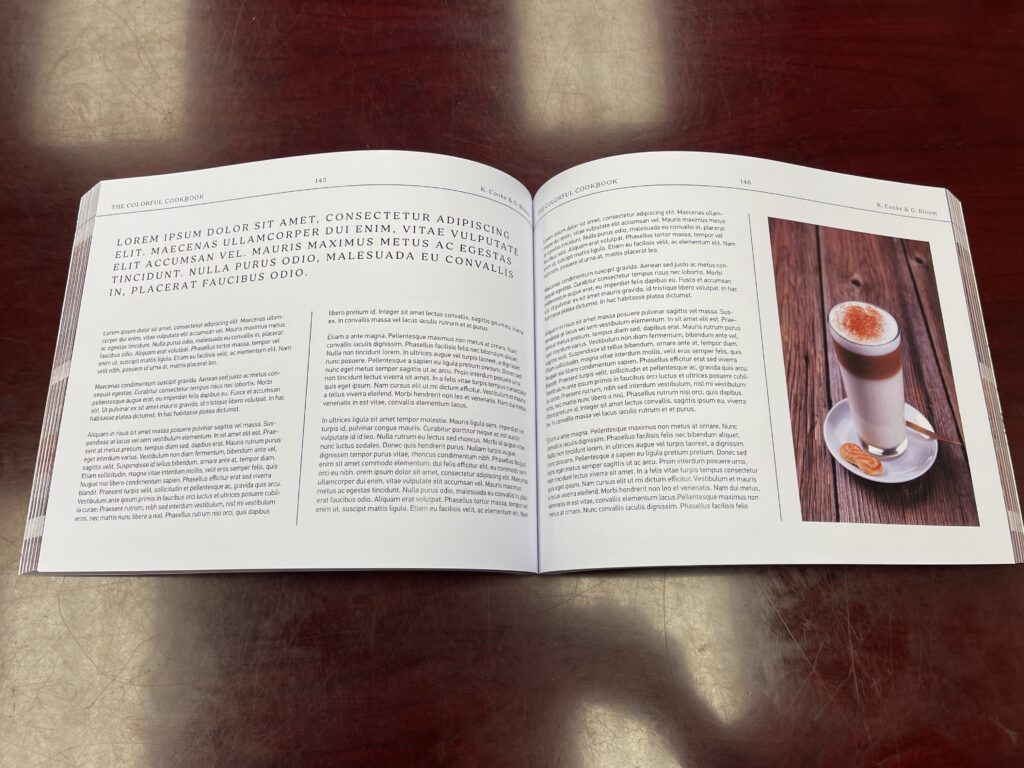
- Textbooks and Manuals: Add full color for charts, graphs, and images that aid comprehension while printing main content in black and white.
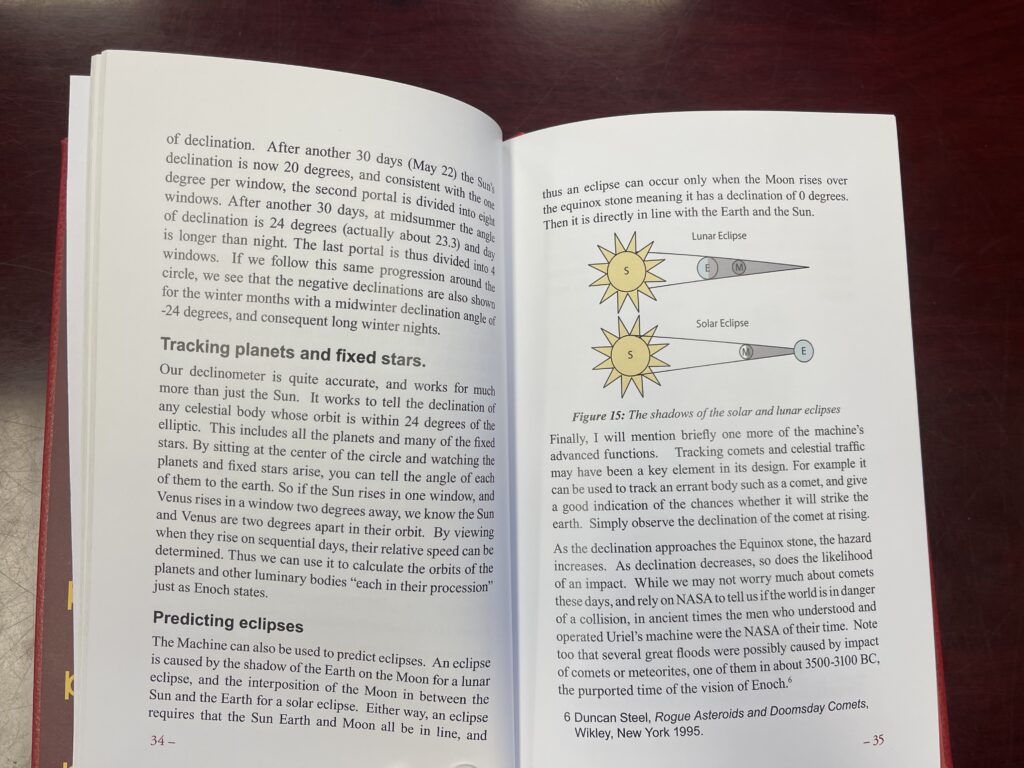
- Memoirs and Biographies: Insert photo sections in color while keeping the narrative in black and white.
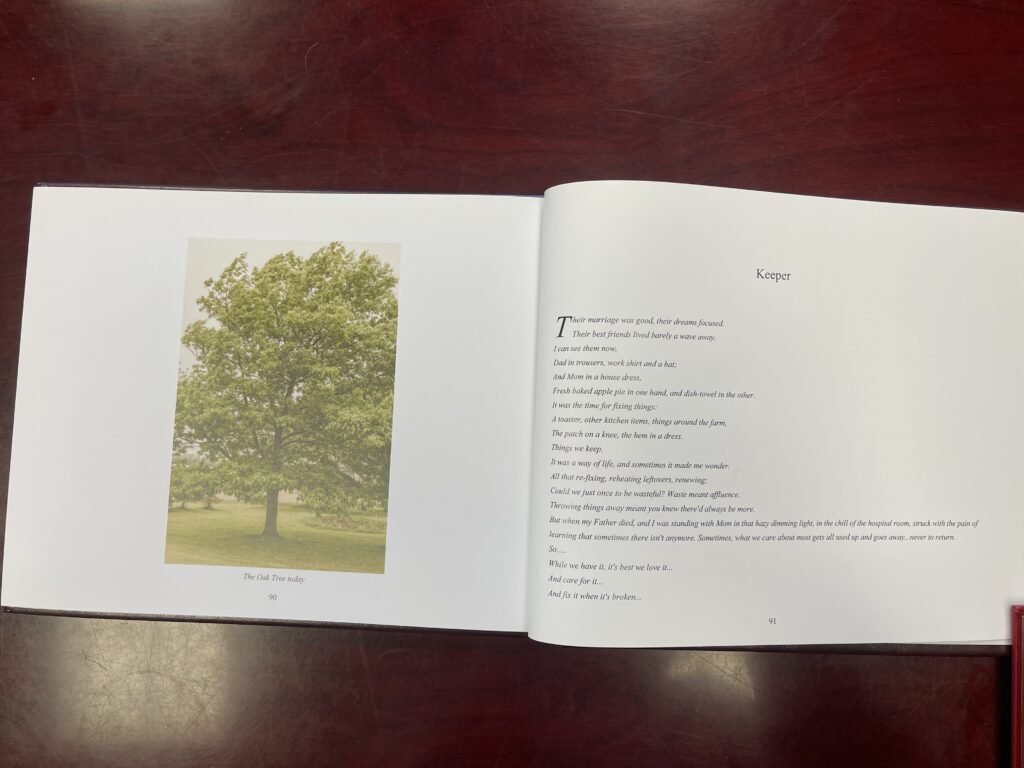
Final Thoughts
Combining black and white and color pages is a smart way to balance creativity and cost in book printing. With careful planning and a clear vision for your book’s design, you can create a beautiful, impactful publication that makes the most of both print options.
Have questions about setting up your files for hybrid printing? Let us know—we’re happy to help!
